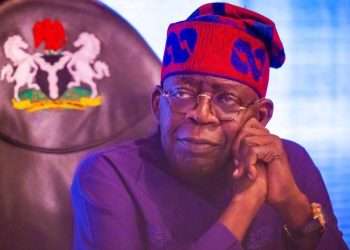Projects for power connectivity between Uganda and Rwanda are back on – profiting from warming relations between the two sides – as are some of the projects meant to enhance the East African power pool.
“Commissioning of the Uganda-Rwanda line awaits installation of communication boosters on the Rwandan side,” Uganda’s Energy Ministry Permanent Secretary Irene Pauline Batebe told The EastAfrican recently.
The Rwanda-Uganda high-voltage power trading was expected to start in 2020. Completion of the project will see the power exchange rise from the current 2MW to over 200MW.
Richard Okou, the technical director of Uganda’s Electricity Regulatory Authority, says the two sides are awaiting installation of adequate electrical equipment and a linkage for communication.
The two countries have since 1995 been exchanging power at the Cyanika border, which serves Kisoro in Uganda and Gatuna. Both countries produce more power than they can consume, although they are constrained by low power distribution networks.
On the Rwandan side is the 220/110kV Shango substation, described as a strategic infrastructure to interconnect the electric grids of Rwanda, DR Congo, Tanzania and Uganda. It was commissioned in 2019.
Uganda has powered its line up to the Mirama Hills interconnection point.It plans to connect its grid to Kenya at Malaba, to DR Congo at Mpondwe, South Sudan at Nimule and Tanzania at Mutukula.
However, construction of high-voltage overhead transmission lines in the neighbouring countries stalled, making it difficult for Uganda to export its power.
These projects form the wider Eastern African Power Pool Power (EAPP), a projection of the future linkages between various power grids.
An EAPP analysis of expected trends from 2021 to 2030 published in 2021 indicate that many countries have difficulties in fulfilling a reserve margin of 15 percent of power supply solely via national generation, while others have excess with poor distribution.
And data from the Uganda Electricity Regulatory Authority show that as of December 2021, Uganda’s installed electricity reached 1,346 megawatts (MW) with demand at 800 MW, leaving a surplus of 546 MW.
Uganda’s power export markets include DR Congo and South Sudan and Kenya, as long as they complete local evacuation projects.
It has two 220kV line bays to interconnect with Uganda networks, two 220kV line bays to interconnect with the Northeastern DR Congo network through Rubavu substation, and two 220kV line bays to Western Tanzania network through the regional Rusumo Falls hydropower plant.












